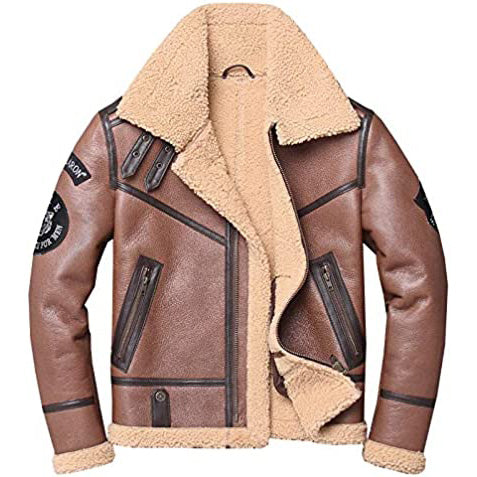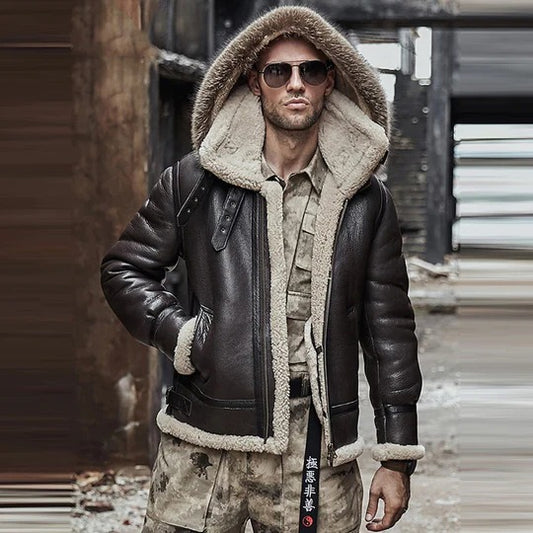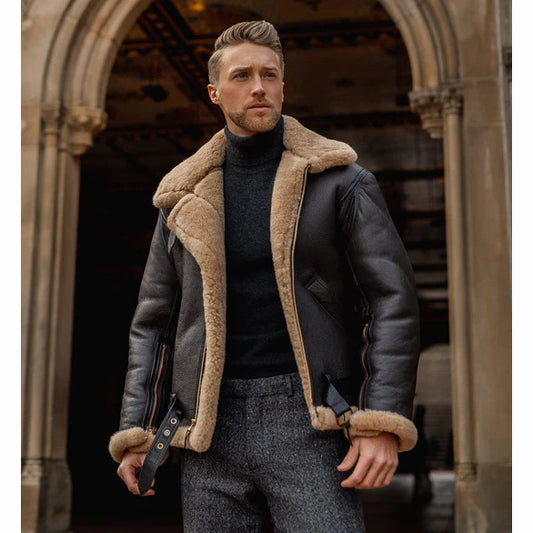What is Antique Leather? A Complete Guide to Buying Authentic Leather
When you hear the term "antique leather," what comes to mind? Is it vintage furniture, a cherished heirloom, or a stylish jacket that screams timeless elegance? Antique leather isn't just old leather; it’s a term that evokes a sense of quality, luxury, and history.
In this comprehensive guide, you’ll learn everything you need to know about antique leather, including what it is, how it’s made, and why it’s worth investing in. We’ll dive into its characteristics, types, and usage, plus help you spot genuine antique leather to make an informed purchase.
Table of Contents
- What is Antique Leather?
- How is Antique Leather Made?
- Types of Antique Leather
- Features & Characteristics
- Uses of Antique Leather
- Why Buy Antique Leather?
- Pros and Cons of Antique Leather
- How to Identify Genuine Antique Leather
- How to Care for Antique Leather
- Expert Opinion on Antique Leather
- Comparative Analysis: Antique vs. Vintage Leather
- Best Occasions to Use Antique Leather Items
- Conclusion
- FAQs
1. What is Antique Leather?
Antique leather refers to leather that has undergone a special finishing process to achieve a worn or aged appearance. This type of leather is often associated with historical styles, classic designs, and a timeless appeal. It’s not necessarily old, but the "antique" finish gives it a vintage vibe.
The process of aging leather is meticulously done to create a soft, rich patina, making it look like it's stood the test of time. This leather is mostly used in creating high-end furniture, accessories, and garments like leather jackets and bags.
2. How is Antique Leather Made?
Antique leather is created through a multi-step tanning and finishing process. Here's a breakdown of how it's made:
- Selection of Quality Leather: Typically, full-grain leather is used.
- Vegetable Tanning: This traditional tanning method uses natural tannins, which gives the leather a classic look.
- Aging & Distressing: Techniques like hand-rubbing, oil application, and waxing are used to achieve the desired antique finish.
- Patina Development: Over time, antique leather develops a unique patina, adding to its aesthetic appeal.
These processes ensure that the leather not only looks good but also remains durable and strong.
3. Types of Antique Leather
When you look for antique leather, you'll come across different types. Here are a few popular ones:
- Distressed Leather: Gives an aged and worn-out look with natural wrinkles and marks.
- Pull-Up Leather: Has a color-changing effect when pulled or stretched, adding character.
- Full-Grain Leather: Maintains its natural beauty, with an antique finish for extra elegance.
- Top-Grain Leather: A refined version of full-grain, but still with an antique touch.
4. Features & Characteristics
Antique leather has some key features that set it apart:
- Durable and Long-lasting: High-quality tanning makes it resistant to wear and tear.
- Unique Patina: Develops over time, adding charm.
- Soft and Supple: Feels great to the touch due to its high-quality finish.
- Aesthetic Appeal: Looks elegant and luxurious, whether in furniture, accessories, or fashion.
5. Uses of Antique Leather
Antique leather is versatile. You’ll find it in:
- Luxury Furniture: Chairs, sofas, and ottomans with an elegant look.
- Clothing: Jackets, coats, and gloves that offer a vintage style.
- Accessories: Wallets, bags, and belts with a classic finish.
- Automobile Interiors: Classic car seats with a rich, aged appearance.
6. Why Buy Antique Leather?
If you appreciate quality and timeless style, antique leather is worth investing in. Here’s why:
- Long-lasting Quality: It ages beautifully, gaining character over time.
- Versatile: Works well in various applications.
- Investment Piece: A well-crafted antique leather item retains or even gains value over the years.
- Comfort and Luxury: Offers a soft, comfortable feel without compromising on durability.
7. Pros and Cons of Antique Leather
Pros
- Timeless Aesthetic: Looks better with age.
- Unique Character: Each piece develops its own patina.
- Durable: High-quality tanning ensures longevity.
- Versatility: Can be used in various products.
Cons
- Expensive: Quality comes at a price.
- Requires Maintenance: Needs care to maintain its beauty.
- Not Suitable for All Weather: Moisture and humidity can damage it.
8. How to Identify Genuine Antique Leather
Here’s how you can spot authentic antique leather:
- Look for Natural Marks: Genuine antique leather has scars and blemishes.
- Check the Patina: Real antique leather develops a rich patina over time.
- Feel the Texture: It should feel soft yet firm.
- Smell Test: Real leather has a distinctive smell that artificial leather lacks.
9. How to Care for Antique Leather
Taking care of antique leather isn’t too difficult. Just follow these steps:
- Keep it Clean: Wipe it down with a dry, soft cloth regularly.
- Use Leather Conditioner: Apply a conditioner every few months to keep it supple.
- Avoid Moisture: Keep it away from water to prevent damage.
- Store Properly: Keep it in a cool, dry place away from direct sunlight.
10. Expert Opinion on Antique Leather
According to leather experts, investing in full-grain antique leather is the way to go if you’re looking for quality and longevity. Renowned leather artisan, John Miller, suggests choosing pieces with vegetable-tanned finishes for the best aging process.
11. Comparative Analysis: Antique vs. Vintage Leather
Antique and vintage leather are often used interchangeably, but they’re not the same. Here’s the difference:
- Antique Leather: Refers to leather that’s treated to look old, regardless of its actual age.
- Vintage Leather: Actual aged leather that has seen years of use.
While antique leather is more about the finish, vintage leather comes with a history of its own.
12. Best Occasions to Use Antique Leather Items
Antique leather items can elevate your style on many occasions:
- Formal Events: Jackets and shoes with an antique finish add a touch of class.
- Home Décor: Antique leather furniture gives a room a luxurious feel.
- Everyday Wear: A leather bag or wallet with an antique finish is a versatile accessory.
13. Conclusion
Antique leather is more than just a material; it’s a statement. Whether you’re looking to invest in a jacket, furniture, or accessories, antique leather offers a blend of quality, luxury, and timelessness. Understanding what it is, how it’s made, and its benefits can help you make an informed choice and enjoy the beauty of this refined material.
14. FAQs
Q1. How is antique leather different from regular leather?
Antique leather has a special finish that gives it an aged, worn look, whereas regular leather does not have this vintage appeal.
Q2. Is antique leather durable?
Yes, antique leather is highly durable and lasts longer with proper care.
Q3. What’s the best way to care for antique leather?
Use a dry cloth for regular cleaning and a leather conditioner every few months.
Q4. Can antique leather be repaired?
Yes, minor scratches and marks can be buffed out or restored by a professional.




